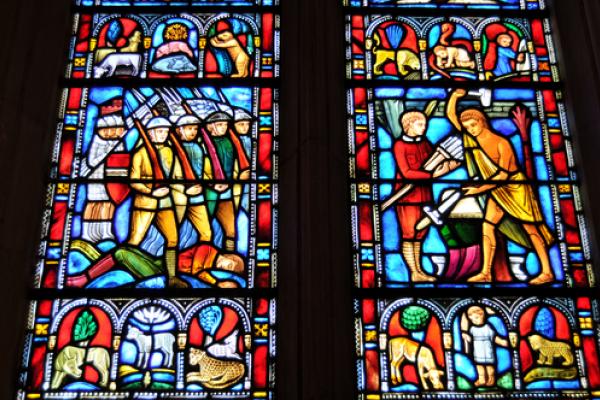May 29, 2013
In the aftermath of violence, a deep-seated illness of broken minds and spirits, a possibility toward healing always exists. The vicious anti-Semitic attack on a northern New Jersey synagogue exemplifies this possibility. Violence – religious intolerance – was not to have the last word, nor was forgiveness to be blindly shared. A searching for truth was to be engaged. This searching began in the blurring of demarcation lines between different faiths.
Read the Full Article

Already a subscriber? Login
